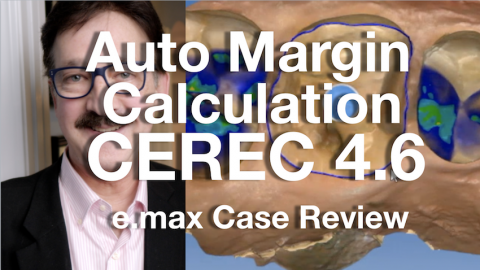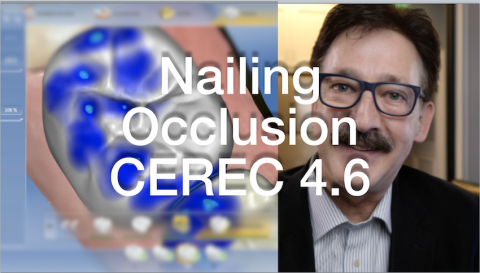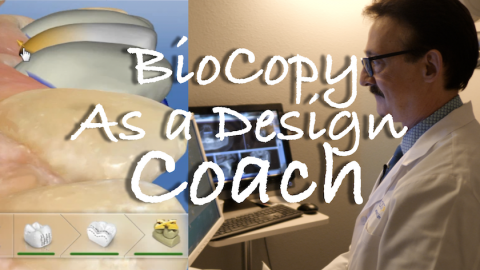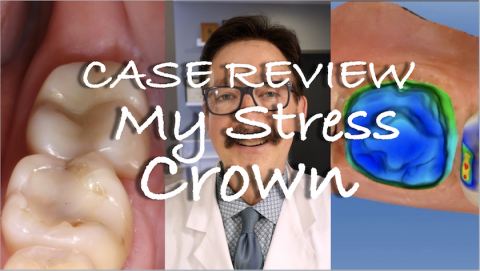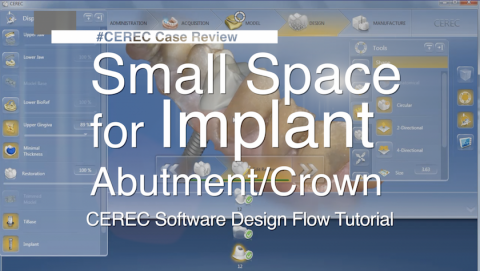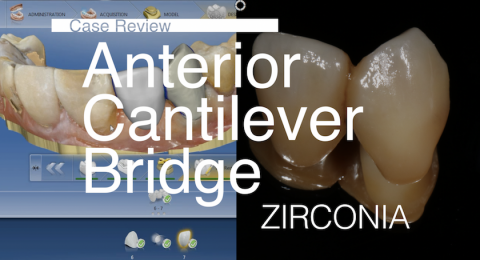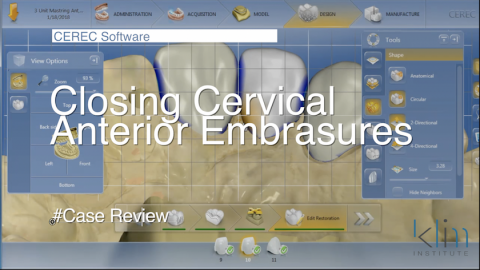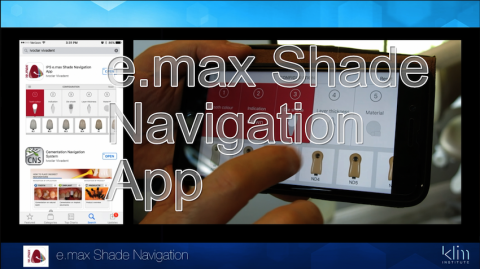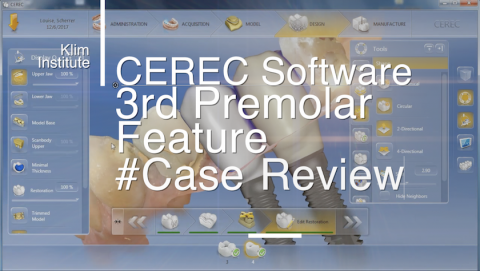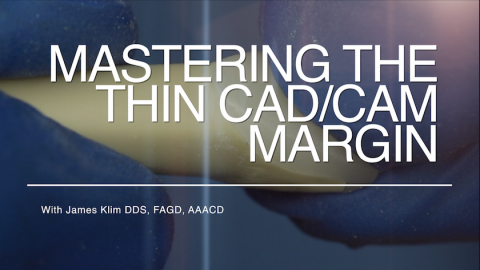CEREC Case Review for auto margin calculation in the CEREC 4.6 Software, it draws the margin for you! When the margins are "high and dry", auto margin drawing is spot on. This case review will highlight the CEREC software for creating an e.max onlay restoration.
- Message Center
- Message Center
Submitted by James Klim DDS, CADStar host on 10/21/2018 - 10:47pm
Submitted by James Klim DDS, CADStar host on 10/16/2018 - 7:09am
This video is about becoming a happy occlusal CAD/CAM clinician. There are five principles that I apply to achieve shimstock occlusion in CEREC 4.6. It is like clockwork. When you apply them, clinical theater life becomes much more pleasant.
Video Preview
Full Video for Members
Submitted by James Klim DDS, CADStar host on 07/26/2018 - 9:38pm
My favored posterior design proposing method is Biogeneric Individual. When in the clinical flow of treating teeth in the upper buccal posterior corridors, I routinely take a BioCopy preliminary catalog scan even when using Biogeneric Individual. During the design phase, activating the BioCopy and using it as a translucent overlay will provide design assistance for the buccal corridor contour and still gain the benefit for superb occlusal morphology that Biogeneric Individual will provide.
View Preview Video
Submitted by James Klim DDS, CADStar host on 07/15/2018 - 1:23pm
We all get this situation in our career, second molar crown, and minimal room. This case review documents a solution for difficult access teeth with minimal occlusal room and needs a high stress enduring crown. With CEREC and a broad range of materials, we now have the support for the majority of functional and aesthetic clinical demands that enter our clinical theaters.
Materials used:
- ZirCAD LT (Ivoclar Vivadent)
- Sirona Zirconia (Densply Sirona)
- MCXL Dry Mill (Dentsply Sirona)
- SpeedFire Furnance (Dentsply Sirona)
- CS4 Furnance (Ivoclar Vivadent)
- S1 Furnance (Ivoclar
Submitted by James Klim DDS, CADStar host on 06/01/2018 - 12:27pm
#Case Review and CEREC software design flow for a maxillary premolar implant placement and restoration design when there is limited mesial-distal space. The CEREC stretches a little more for rotated teeth and unique mesial-distal dimension conditions. Design situations like this are when the design tools need to take over. This videos will share my implant CEREC design flow when the initial proposal doesn't seem to work. All it takes is a few strategic steps to get the design back in order.
View Preview Video
Submitted by James Klim DDS, CADStar host on 05/25/2018 - 6:37am
This case review will emphasize the CEREC software flow for an anterior cantilever bridge. There are times a cantilever anterior bridge works out the best for the case. This is one of those case reviews. In fact, zirconia was required due to a more conservative preparation needed on the abutment canine. View Video
Materials Used
- inCoris TZI C A2
- Zircad LT Colouring Liquid (green infiltration)
- Ivocolor glaze and colors
- Fuji Plus resin glass ionomer cement
Submitted by James Klim DDS, CADStar host on 04/16/2018 - 4:32pm
There are several steps taken both in the preparation phase and design phase for closing cervical interproximal "windows". When we understand the biology of the proximal papillae and the concept of interproximal emergence, we will be able to predictablely close the cervical embrasure with resulting healthy papillae. View Video
Submitted by James Klim DDS, CADStar host on 04/12/2018 - 2:13pm
Choosing the right e.max block shade for e.max ceramic restorations can be uncertain. Well, Ivoclar has solved this dilemma by introducing the IPS e.max Navigation App. I have found the App recommended ceramic shade color to be right on. I have modified one measurement though. Choose ceramic thickness at the incisal or cusp location of the preparation. View Video
Submitted by James Klim DDS, CADStar host on 04/03/2018 - 10:24pm
Finally found a need for the Adjust Morphology feature and create a 3rd premolar rather than molar. This feature is handy when there is not enough room for a molar morphological design due to mesial drift of distal tooth, a molar in this case, into the mesial edentulous zone. This video tutorial will also be a unique demonstration for designing two side-by-side implants. In this case Implant Direct Inactive 3.7 and 4.3 implants where placed using the "crown-down" technique and placed with a guide. Virtually planned and guided implant placement can take a difficult implant and restorative situation and provide a very
Submitted by James Klim DDS, CADStar host on 03/31/2018 - 10:28pm
Are we able to machine thin feather margins with CEREC without chipping? Oh yes, we can! In fact, I am going to make a quality statement. We can mill a "pressable" margin with the MC XL using the EF bur system. This video will review the clinical criteria for applying a thin margin to optimize the aesthetic results. View Video

